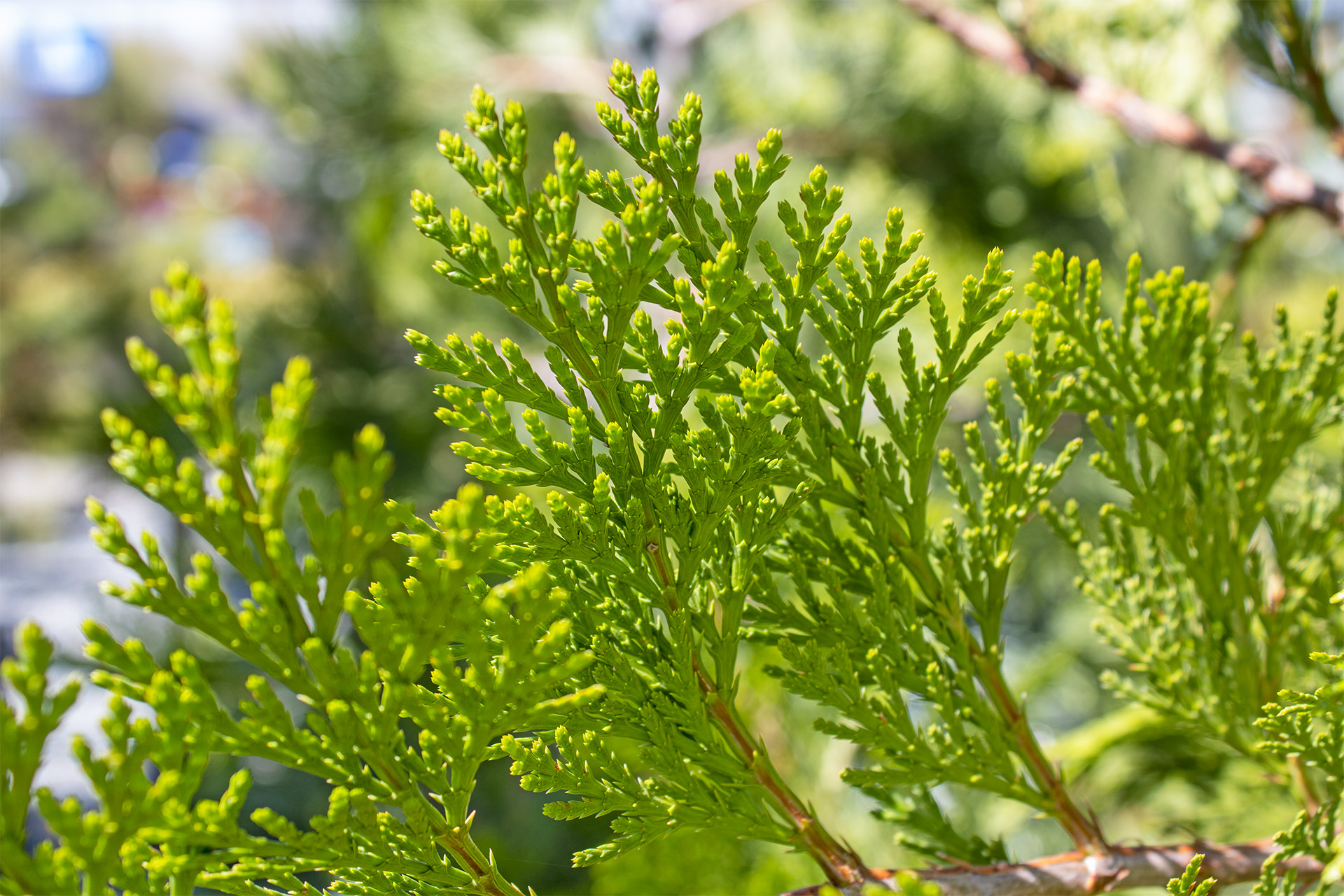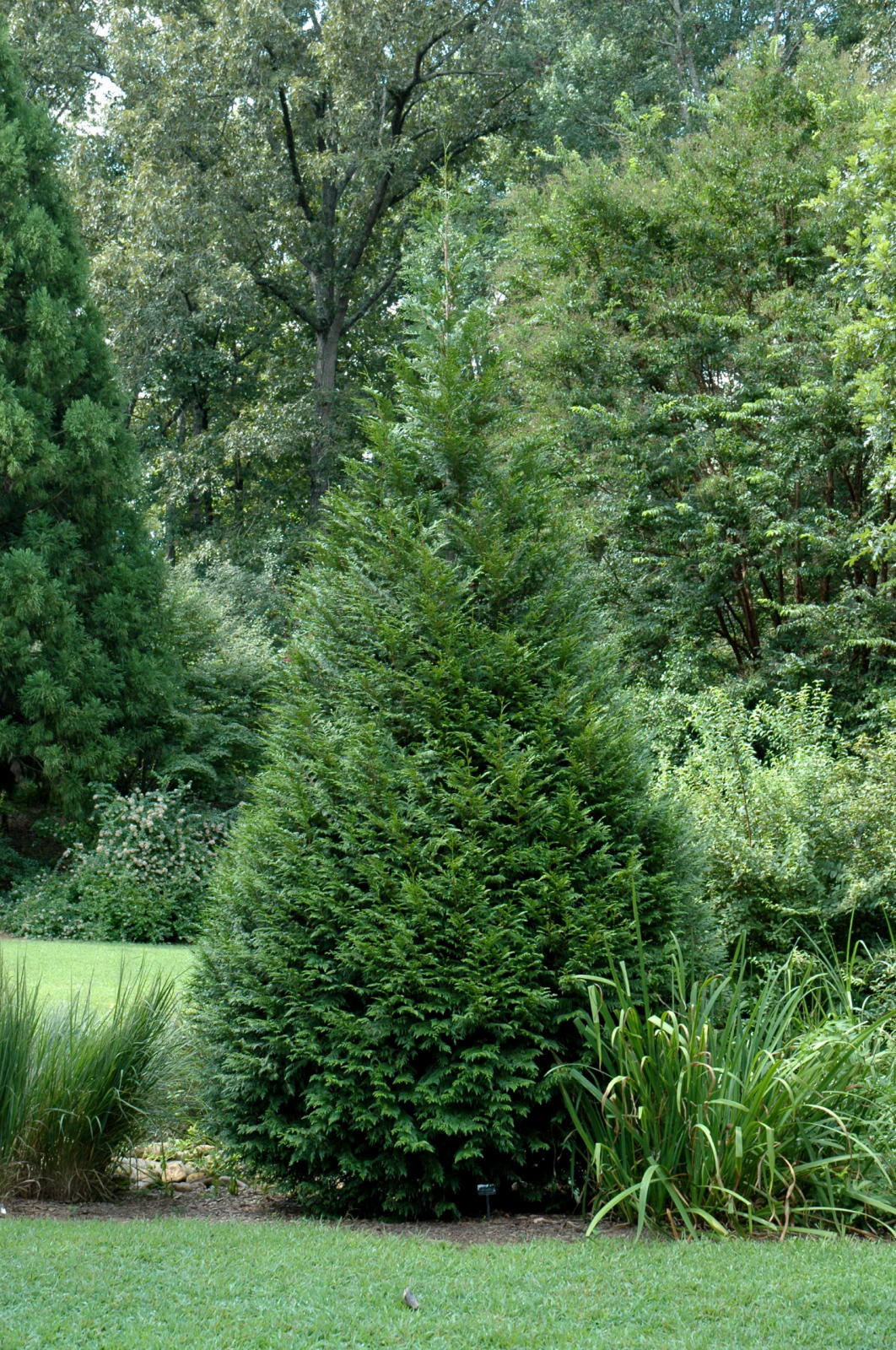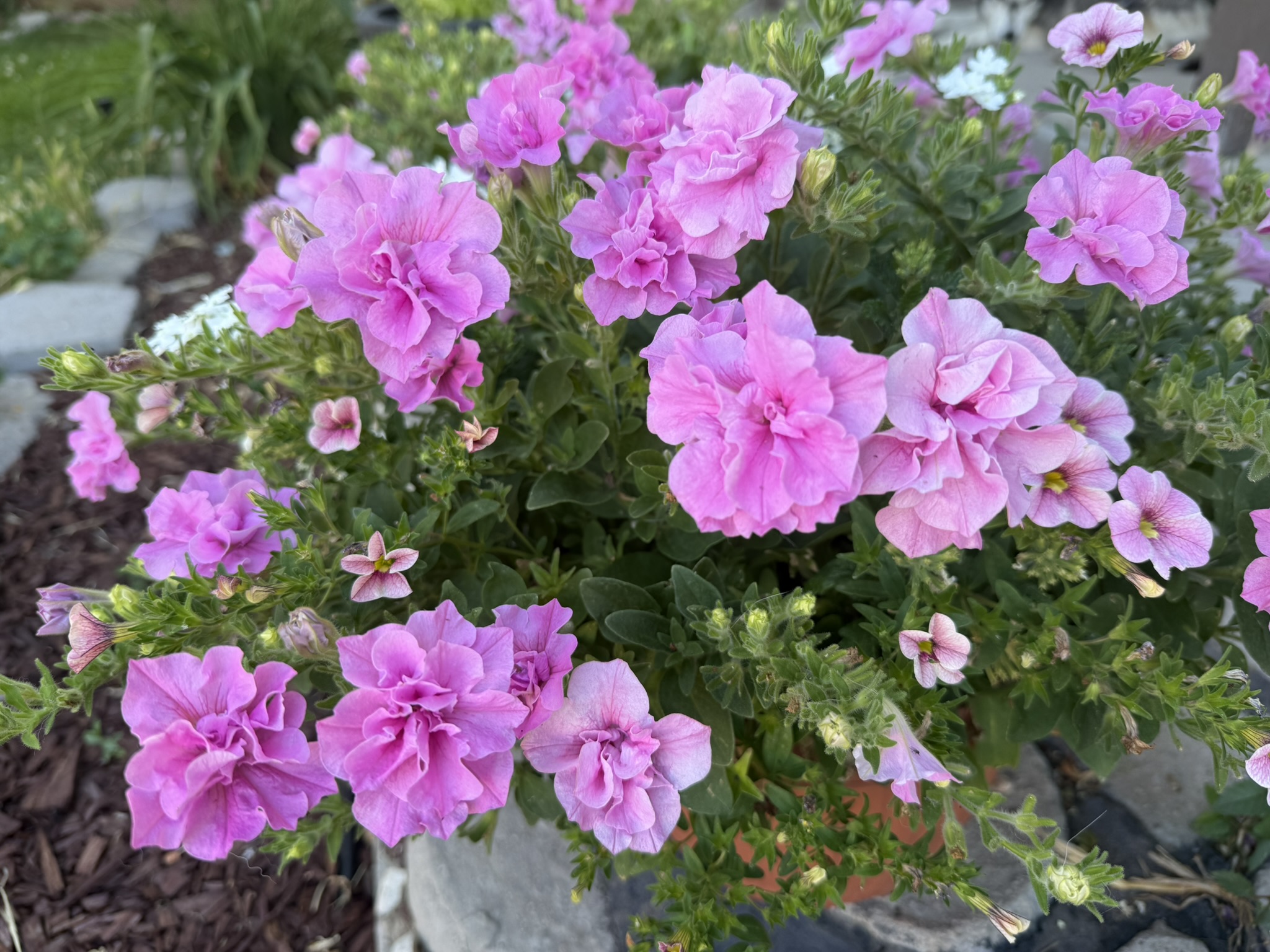Share

The Incense Cedar Tree: A Native Gem of the High Desert
The Incense Cedar Tree (Calocedrus decurrens) is a towering beauty native to the western United States, including the high desert regions of Nevada, California, and Oregon. With its graceful shape, aromatic wood, and vital ecological role, the incense cedar is more than just an attractive tree—it’s an essential part of the local ecosystem and a fantastic addition to any garden in the high desert.
A Rich History and Timeless Uses
The incense cedar has long been valued for its fragrant, durable wood. Early Native American tribes, such as the Washoe, used the tree for a variety of purposes, including constructing tools, baskets, and even canoes. The wood’s pleasant scent, which is released when cut or bruised, gave rise to the name “incense” cedar. It has been used historically for incense, as well as for building materials, including shingles and siding, thanks to its resistance to rot and decay. The tree’s wood has also been utilized for making pencils, as it is easy to carve and holds a sharp point well.
Beyond its wood, incense cedar’s green foliage is attractive year-round. Its soft, scale-like leaves and conical shape give it an elegant appearance, making it an excellent ornamental tree in landscapes.

Ecological Importance
In the high desert, the incense cedar plays a crucial role in supporting local ecosystems. As a keystone species, it provides habitat and food for a variety of wildlife. Birds, small mammals, and insects rely on the tree for shelter, and its seeds are a food source for many species. The tree’s dense foliage also helps moderate the desert climate, offering shade and cooling effects that are vital for plant life and animals in the harsh summer months.
The incense cedar’s ability to thrive in dry conditions makes it particularly valuable in the desert environment. Its deep root system helps prevent soil erosion, and it contributes to maintaining a balanced, healthy ecosystem.
Best Places to Plant Incense Cedars
Incense cedar trees are well-suited to dry, well-drained soils, and they flourish in areas with full sunlight. They can tolerate a wide range of temperatures, making them an excellent choice for high desert climates, where hot summers and cold winters are common.
When planting an incense cedar, choose a location with:
- Full sun: These trees need at least 6 hours of direct sunlight each day to thrive.
- Well-drained soil: While they are drought-tolerant, incense cedars prefer slightly acidic to neutral soils that drain well.
- Space: Incense cedars can grow up to 50–75 feet tall and 20–30 feet wide, so ensure the tree has enough space to spread out as it matures.
Planting in an area that allows the tree to develop its full height and spread will ensure it has a long, healthy life. Additionally, keep in mind that incense cedars do best when planted away from buildings and structures, allowing them to reach their full potential without interference.
What to Watch Out For
Though incense cedar is relatively low-maintenance, it’s important to watch for a few common challenges:
- Pests: The tree is susceptible to pests like cedar bark beetles and pine weevils. These insects can damage the tree’s bark and cause decline. Regular monitoring for signs of infestation can help catch problems early.
- Watering issues: Over-watering can cause root rot in these drought-tolerant trees. It’s best to water deeply and infrequently, allowing the soil to dry out between waterings. In the high desert, deep watering helps promote a strong, deep root system.
- Fungal diseases: In humid environments (which are rare in the desert but may occur in particularly rainy seasons), incense cedars can be susceptible to fungal diseases such as root rot and tip blight. Proper air circulation and avoiding overly damp conditions can help mitigate these risks.
Caring for Incense Cedars in the High Desert
In the high desert, caring for an incense cedar involves providing a few basic essentials:
- Watering: While these trees are drought-tolerant, they still need consistent moisture during their early years of growth. Once established, watering should be minimal and focused on deep watering during dry periods.
- Mulching: Adding a layer of mulch around the base of the tree can help retain soil moisture, regulate temperature, and keep weeds in check. However, be sure not to pile the mulch directly against the tree’s trunk, as this can lead to rot.
- Pruning: Incense cedars require little to no pruning. If pruning is needed, remove any dead or damaged branches. Pruning should be done in late winter or early spring to avoid disturbing the tree’s natural growth cycle.
- Soil management: Although incense cedars thrive in well-drained soil, the high desert’s alkaline conditions can sometimes lead to nutrient imbalances. If soil quality is poor, amend it with organic compost before planting.
- Protection from wind: While the incense cedar is relatively sturdy, young trees may need some wind protection until they establish a strong root system. This can be achieved through the use of windbreaks or planting in a more sheltered area.
The incense cedar is not only an aesthetically pleasing addition to the landscape but also a crucial player in the high desert ecosystem. With its rich history, wide range of uses, and vital environmental contributions, it is a tree that every gardener in the high desert should consider adding to their space. By selecting the right planting location, keeping an eye on potential pests, and practicing proper care, you can enjoy the beauty and benefits of this magnificent tree for generations to come.
Share
Few plants capture the holiday spirit as beautifully as holly. With its glossy green leaves and bright red berries, holly evokes centuries of festive tradition, symbolizing hope, renewal, and resilience through winter.
Annuals grow fast and bloom hard. That kind of performance takes fuel, and fertilizer is their go-to energy source.
The Sun Valley Red Maple is not just another tree—it's a resilient, seasonal beauty that thrives in the high desert, offering you years of color and grace in your landscape.
Whether you’re looking to enhance your garden with a striking ornamental tree or want a compact, resilient option for smaller spaces, the Snowdrift Flowering Crabapple tree is a fantastic addition to your landscape.




